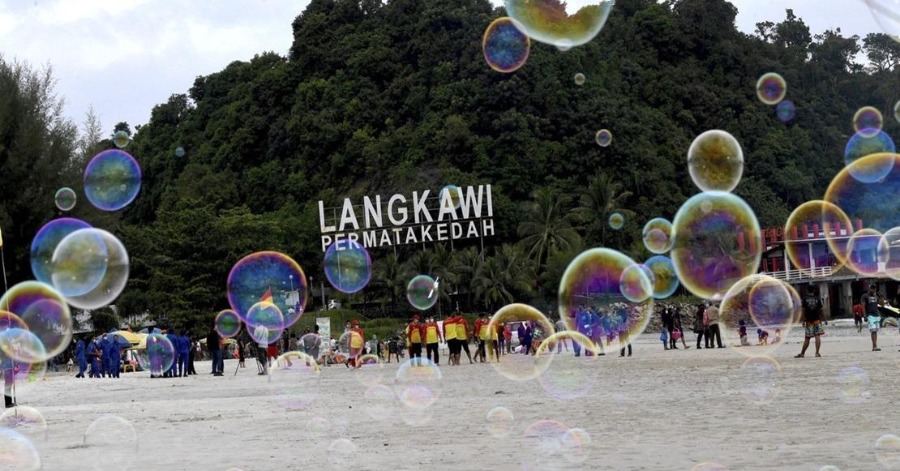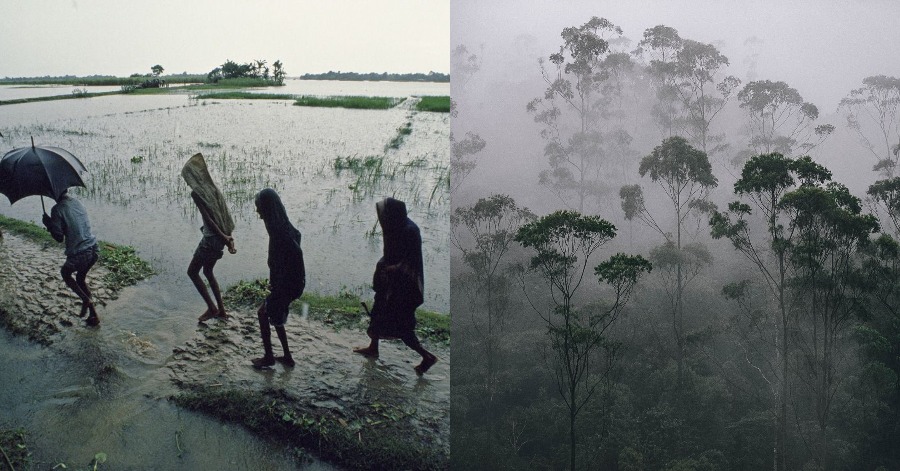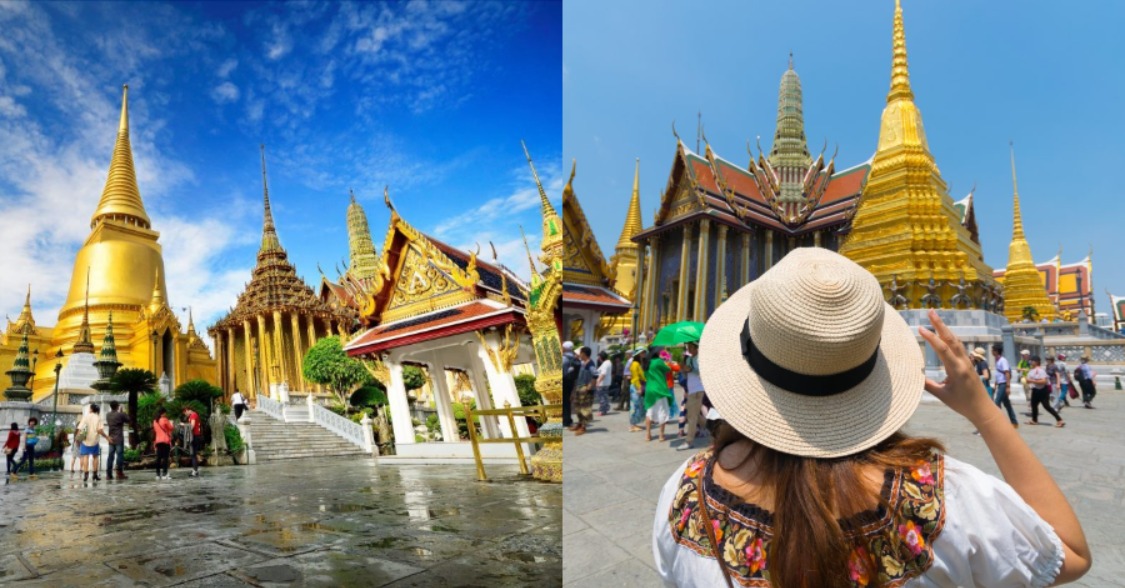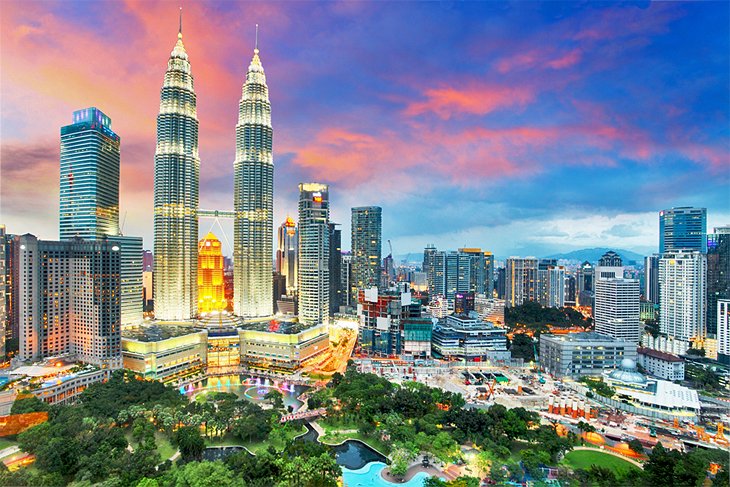Isn’t it true that everyone enjoys traveling? There are many sites around the world that are perfect for tourist attractions. On a side note, daredevilism isn’t defined by heights or underwater explorations. Visiting some of the world’s most dangerous locations earns you the title.
However, this does not imply that it’s a challenge to you. However, safety precautions must be taken, particularly while going in areas where roaming is risky. So, here is a list of the world’s seven most dangerous tourist sites.
1. Death Valley, USA

If the Earth is our home, Death Valley is the blazing hot oven in which we live. The greatest temperature ever recorded on our globe was 134 degrees Fahrenheit (56.7 degrees Celsius) in this magnificent desert. Death Valley’s scorching sun and scorching heat can swiftly weary you, no matter how tough you are. You can only stay here for 14 hours without water.
2. The Danakil Desert, Eritrea

Temperatures that often exceed 120 degrees F (50 degrees C), multiple active volcanoes, and hazardous gas-spouting geysers – it’s difficult to imagine a harsher setting than Africa’s the Danakil Desert. Although most people would consider this horrible site to be a genuine “Hell on Earth,” it continues to attract a large number of brave adventurers from all over the world. It’s important to note that visiting the Danakil Desert without an experienced guide is completely prohibited.
3. Sinabung Volcano, Indonesia

On the Indonesian island of Sumatra, there is an active volcano. Eruptions are common in this area, leaving tens of thousands of people without a place to live or a source of income. Several times in the past, the adjacent towns and villages have been entirely engulfed in lava and ash: in 2010, 2013, 2014, and 2015. The most recent explosion happened on February 27, 2016. A lethal cloud of volcanic gas, stones, and ash was thrown to a height of 2,500 meters during the eruption. And no one knows what will occur there the next day.
4. Ilha da Queimada Grande (Snake Island), Brazil

Snake Island is located off the coast of Brazil and is home to tens of thousands of Golden Lancehead Vipers. The area is home to one of the world’s most venomous snakes. According to researchers, the island has around five snakes per square meter.
According to researchers, the island has around five snakes per square meter. Several accounts exist of humans succumbing to the lethal predators in a matter of minutes. One of these tales is of a lighthouse keeper who was killed by snakes after being attacked by them. Since that incident, Snake Island’s lighthouse has been automated, and the Brazilian government has barred visitors from entering the island.
5. Madidi National Park, Bolivia

Madidi National Park’s scenery appears to be gorgeous and charming. Yet, it is actually exceedingly dangerous. It is home to some of the world’s most dangerous and aggressive fauna: contact with any of the park’s plants can induce severe itching, redness, and disorientation. Tropical parasites can infect any incision or wound, even a minor one.
6. Bikini Atoll, The Marshall Islands

Doesn’t this island appear to be a paradise? However, the gorgeous island of Bikini was turned into a radioactive wasteland as a result of several nuclear testing programs conducted on the atoll. The residents were forces to flee their houses, and the situation is still dangerous for living things today: the abnormally high levels of radiation found here can cause cancer.
7. The Elephant Kingdom Chonburi, Thailand

The owner of a crocodile farm in the Elephant Kingdom, Thailand, lends out a small semi-closed raft space for guests to come to visit, see and feed crocodiles! The raft is a thin wooden raft balanced on plastic barrels with a half-circle net enclosure. The shack also has a roof. People enter the enclosure and are given fishing rods with which to feed the crocodiles. They dangle the poles in front of the crocodiles with beef or meat connected to them. The reptiles then leap from the water to grab the meat and eat it. Tourists also tease the crocs by dangling the meat in front of them and then pulling it up when the ravenous creature grasp for it.
Sources:Bright Side, India Times









Leave a Comment